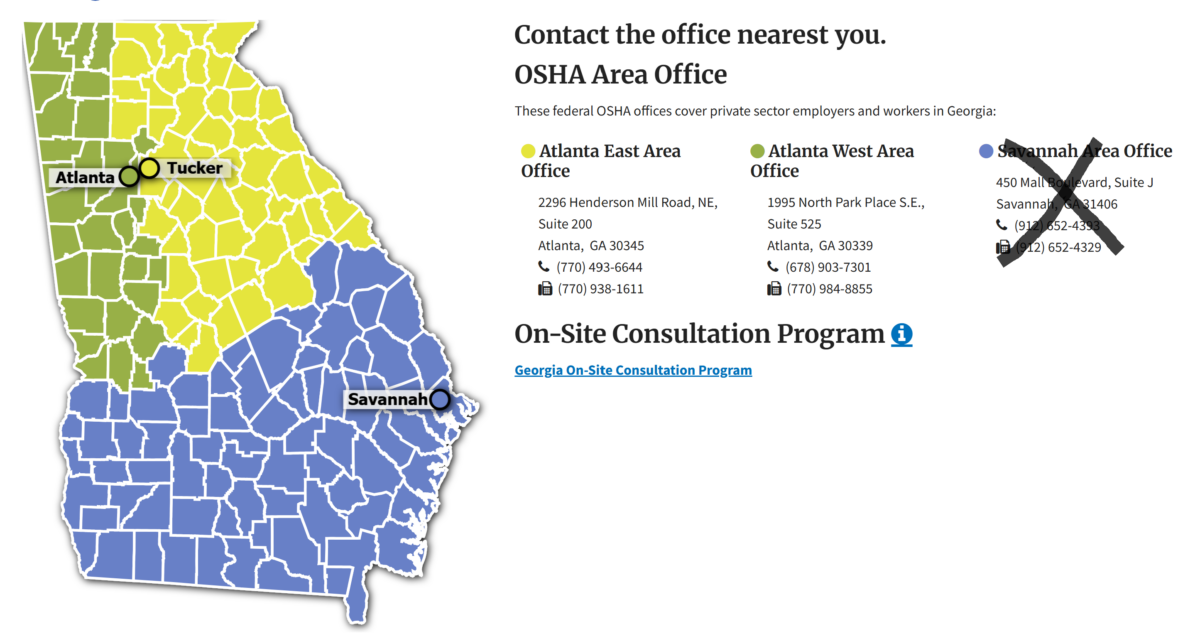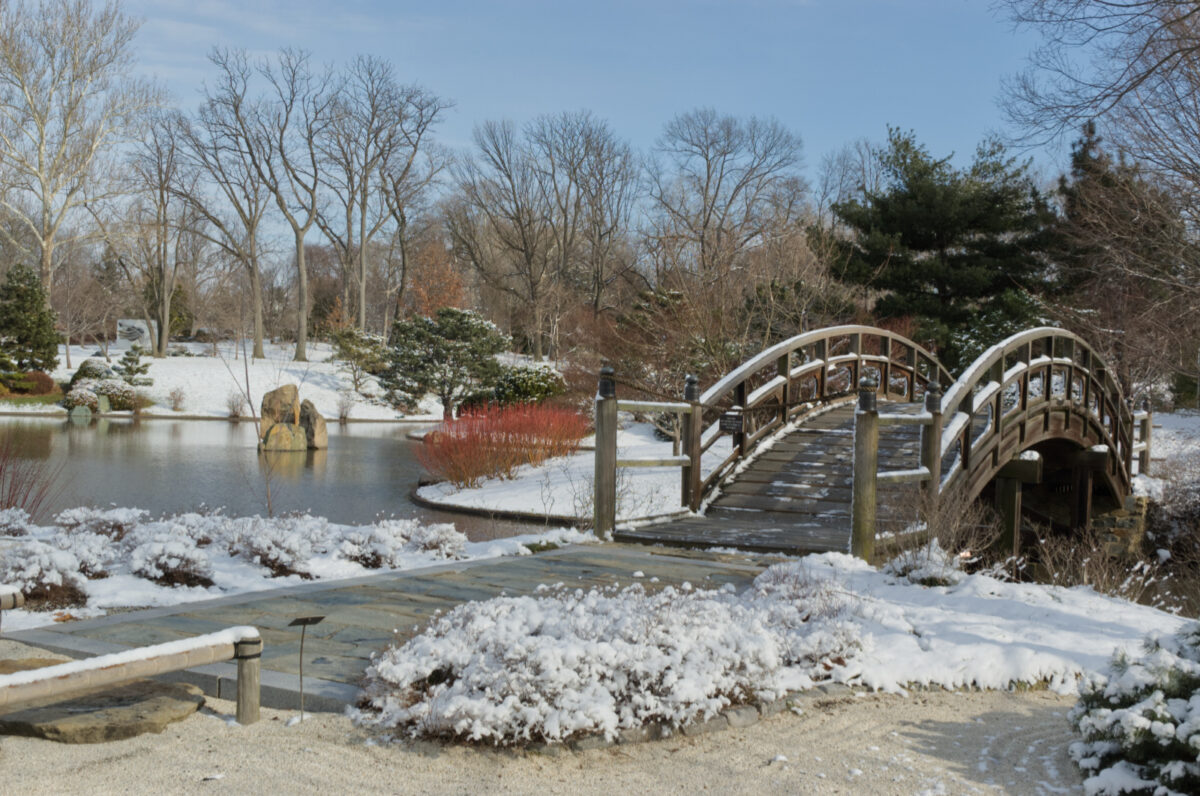Next Monday the annual Savannah St. Patrick’s Day parade makes its way down our historic streets. The parade is now celebrating its 201st anniversary, an extraordinary achievement. And though it has had a reputation for being one of the biggest “kiss me I’m Irish” bashes in the country, the wild parties and uncontrolled drinking in the squares is now a thing of the past. Not to say there won’t be parties, and it is St. Patrick’s day, so yes, there will be drinking…but families need not fear bringing down the kiddies to celebrate.
Among the parade participants will be marchers from the armed services, including 200 soldiers from nearby Fort Stewart. Unlike past year’s, the military and the city are working hard to prevent the ambush of red-lipsticked attacks by women—a ‘tradition’ that really is dated and frankly, not fun, cute, or acceptable. My personal preference would be to create a law that any attempted smoocher breaking parade boundaries has to stay behind after the parade and help with clean up.
I won’t be attending the parade. I’m still recovering from a serious case of the flu, and I’m no longer that comfortable in large crowds. I may be half Irish, but I’d rather have a cup o tea and a shamrock cookie at home.
And frankly, even without the flu, I am in no mood to celebrate. Not after watching what’s happening at the federal level the last few months. I’m also not sure I could look into the faces of the soldiers as they march past and not feel shame at what this country is doing to them.
Women and soldiers of color have had their service degenerated by their new Secretary of Defence boss. They’ve had healthcare removed because of political ideology. They’ve watched excellent commanders stripped of their commands solely because of their sex or the color of their skin.
Comrades-in-arms who have served with distinction beside them are being summarily dismissed from their careers because of anti-trans bigotry—a bigotry that is expanding to all members of the LGBTQ+ community.
And what can they look forward to, once they leave the military? If they need therapy, they’ll have to crowd into a cubicle with their therapist and hope a white noise machine keeps their discussion private. If our soldiers need other veteran care, including health, they’ll be waiting months because of a planned decimation of the Veterans Administration. In addition, veterans have long enjoyed greater access to good jobs in our federal government. Now these same veterans are losing their jobs by the tens of thousands.
And those still serving? They don’t know if they’ll be doing publicity work at the border, or instructed to give some of our nation’s most important secrets to frat boys and foreign operatives. They’re being told our closest allies are really our enemies and that ‘woke’ is a greater risk than Russian cyber hackers.
How can we face the soldiers on St. Patrick’s day, and pretend all of this is not happening? To ignore that these soldiers lives are being brutally unraveled but have no fear, the city will keep them safe from lipstick?
I understand the need for balance. One can’t live in a state of anger all the time, and that the St. Patrick’s parade is an important economic event for our area. But living in Savannah the last two months is like living in the fabled village of Brigadoon—cut off from the rest of the country by a determination not to acknowledge what’s happening to the country and its impact here.
People are being laid off here. Funds are being frozen here. Federal offices are being shut down here. Because of NOAA closures, we’re at greater risk from hurricanes. Our fishing industries will be impacted. Are Fort Stewart support personnel among those being fired? Can we even depend on FEMA the next Debby or Helene?
What impact will the obsessive focus on deporting longtime and law-abiding migrants have on our local economies?
How about our healthcare? Drastic cuts are threatened for Medicaid, we already know the Veterans Administrations health services are being cut, but we’re in the middle of a measles epidemic and told to slug down some carrots and all will be well. I paid the price this last week for forgetting my flu shot this last fall, but will I even have an option for a flu shot next fall?
Can we have clubs for women or Black people in our schools? Can we even mention the word ‘Black’? We can’t mention the word ‘inclusive’.
And don’t even get me started on the bird flu and the latest brainstorm from RFK Jr. I now predict the next time the bird flu hits one of our major egg producers in Georgia, instead of culling the herd to stop the threat, we’ll be spraying the birds with cod liver oil. Perhaps we’ll start a birdy meditation circle.
Feed them carrots.
The latest hit to our sanity is tariffs. Or I should say, will we won’t we tariff yes tariff no that has tanked the stock market.
Our media is filled with local news, and appropriately so. But what’s happening nationally is a local story. Aside from a too-rare piece that squeaks past the news desk now and again, no attempts seem to be made to connect what’s happening in the halls in DC to what we need to know, in the Savannah/Chatham county region or the greater coastal area.
Our leaders are focused on green fountains, too much traffic, and new ship-clearing bridges, which is understandable, and these are important…but communicating with the people about federal actions and their impacts on us here, locally, is also part of their job. Pretending nothing is happening amounts to a dereliction of duty.
(The only person speaking out seems to be Buddy Carter, and he’s reduced to absurdities in his desperate attempts to appeal to Trump’s ego.)
Worse, the silence from our local leaders signals there is no interest in challenging what’s happening at the federal level; that we will be the good little boys and girls and not rock the boat and hope that some crumbs of federal funds make their ways past the DOGE cuts.
Please, sirs, may we have some more?
While a part of me understands about not provoking either Trump or Musk—both known for their egos and their capacity for petty revenge—please, sirs, may we have some more sticks in my throat and leaves a bitter taste.
But … this didn’t start out to be a story about Trump and Musk and the destruction of our government. This is about St. Patrick’s Day and the famous Savannah St. Patrick’s Day parade. It’s about green beer (we can still say ‘green’) and the running of the squares and kissing the Irish and wonderful food and music.
And this is about watching the soldiers marching past, and keeping them lipstick free. Yes, that’s what this is about.
Happy St. Patrick’s Day.





